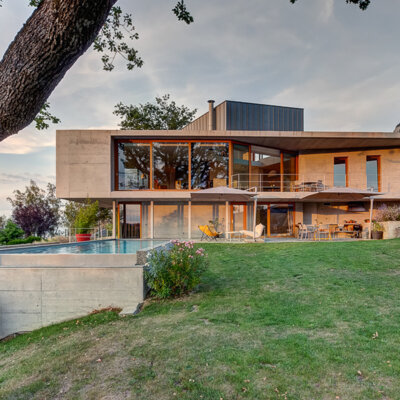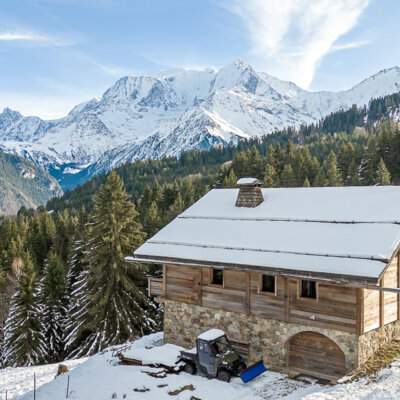Journal

Your role within the agency is essential. You will be the direct point of contact for the agency's contacts, ensuring perfect communication within the team and impeccable customer care.

Since September 2024, Stone & Wood is member of 1% for the Planet, a worldwide movement which brings together companies that commit to donating at least 1% of their annual sales to environmental organizations.

Nestled on the heights of Annecy, between the lake and the Semnoz mountain, this flat with its garden offers a peaceful retreat just moments away from the city’s vibrant center. Located in a former hotel, now fully renovated into a charming residential building, the flat combines modern design and refined interior in a majestic natural setting.





















